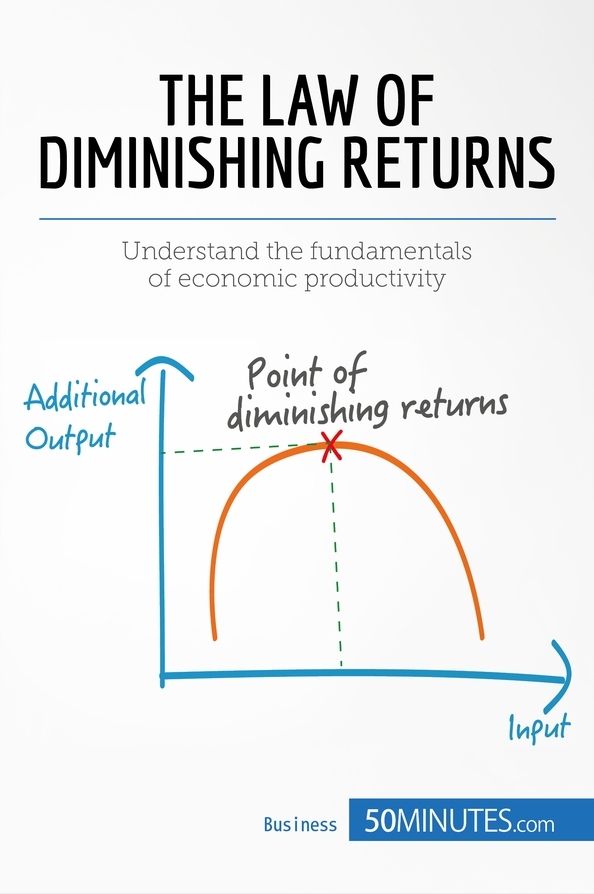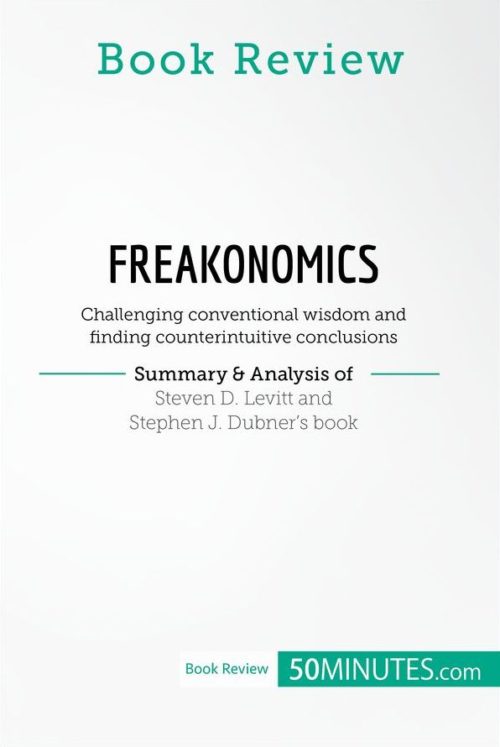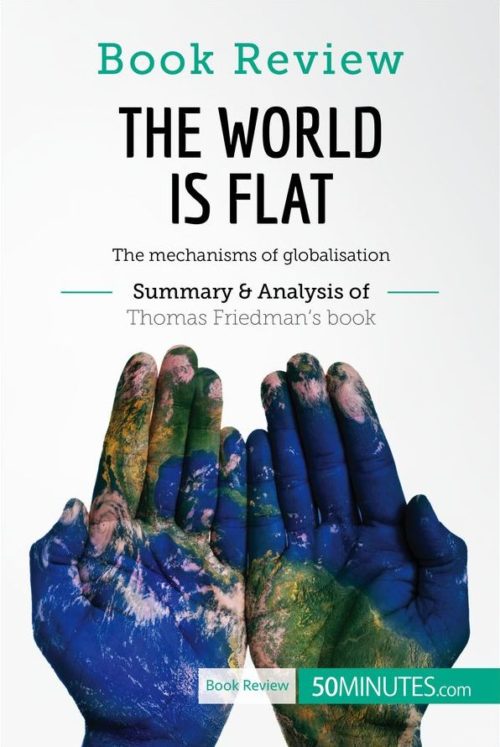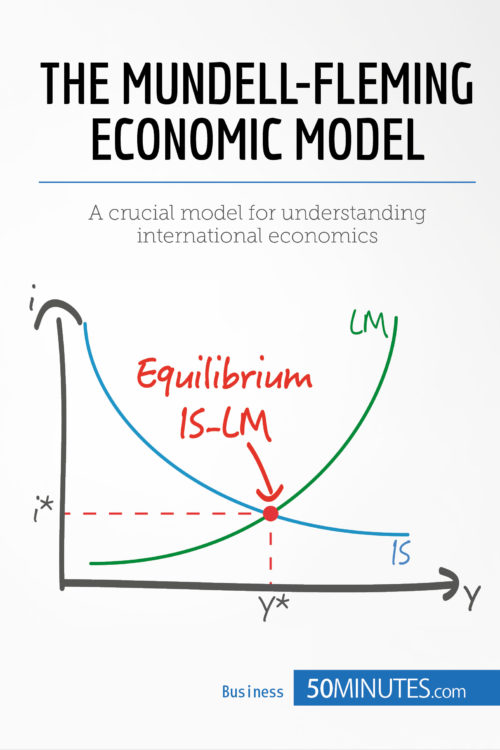The Law of Diminishing Returns: Theory and Applications
The Law of Diminishing Returns: Theory and Applications
$4.99
Read more
Understand the essentials of the law of diminishing returns (also known as the law of variable proportions, principle of diminishing marginal productivity or diminishing marginal returns) in just 50 minutes with this practical and concise book. Developed by the influential British economist David Ricardo, this fundamental economic law demonstrates that, if the quantity of a given factor of production is increased, the marginal output of the production process will decrease, leading to lower returns.
This book will provide you with a handy introduction to the applications of the law of diminishing returns in business economics, sectorial economics and the theory of innovation. It also features an examination of a case study, illustrating the implications of the law of diminishing returns on the oil industry, a discussion of the theory’s shortcomings, and an introduction to related models and extensions, such as returns to scale and isoquants.
About the law of diminishing returns
The law of diminishing returns indicates that, for a given level of productivity, increasing one of the production factors (namely work or capital) will lead to an increasingly weak growth in productivity. Though it was originally developed to tackle issues related to agricultural production, the theory can be applied to a range of other domains and remains relevant and useful today.
In this book, you will discover how the law of diminishing returns has developed from the 18th century to the present, understand how it can be applied to production in a range of sectors and use it to make smarter decisions about the allocation of product factors. A clear explanation of the benefits and potential drawbacks of the theory, a discussion of a practical case study, and an introduction to related models will give you the tools you need to tailor your approach to your situation.
This straightforward and accessible 30-page book is structured as follows:
- Introduction to the law of diminishing returns
- Theory – the concept
- David Ricardo
- Alfred Marshall
- Diminishing returns today
- Limitations and extensions of the law of diminishing returns
- Limitations and criticisms of the model
- Extensions and related models
- Applications of the law of diminishing returns
- Increasing returns to start, followed by diminishing returns
- Case study – the oil industry
- Summary
Product details
| ISBN | 9782806266705 |
|---|---|
| Publisher | Plurilingua Publishing |
| Serie | 50MINUTES.COM – Business |
| Format | |
| Pages | 24 |
| File size | 2.7 MB |






